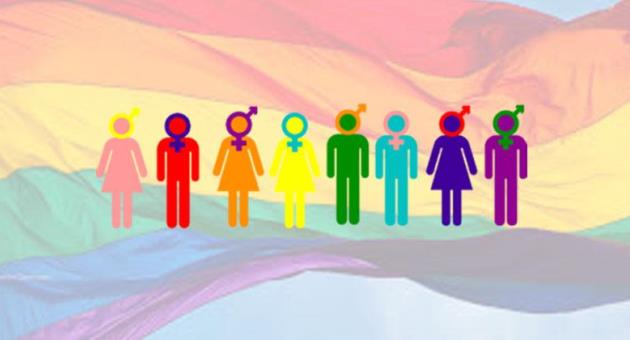By Michael Gill, Service Manager
As Co-chair of Riverside’s LGBT network Spectrum, I wanted to discuss some of the challenges faced by the trans community during Mental Health Awareness Week.
In the latest version of the World Health Organisation (WHO) International Classification of Diseases (ICD-11), gender dysphoria – a condition where a person experiences discomfort or distress because there’s a mismatch between their biological sex and gender identity – was reclassified as gender incongruence.
It was also taken out of the Mental Health Disorders section because WHO now understands that being trans isn’t a mental health condition, and leaving it there was causing stigma. And to reduce the stigma, while also ensuring and improving access to medical health interventions, gender incongruence now features in the Sexual Health chapter.
ICD-11 defines gender incongruence as ‘a marked and persistent incongruence between an individual’s experienced gender and the assigned sex’. This affects trans people in many ways, such as society still largely seeing gender identity as binary and being trans not.
But while being trans is not a mental health condition in itself, it’s clear that it can have an impact on mental health, causing distress and anxiety.
Mental ill health is common among members of the trans community and is linked to the discrimination, isolation and transphobia they experience. This can lead to feelings of dissatisfaction with health services, with mental health services often perceived as discriminatory.
Individuals who identify as trans tend to experience higher rates of mental health issues than the general population. Research by Stonewall has revealed members of the trans community often suffer poor mental health, low self-worth as well as suicidal thoughts and attempted suicide.
Key trans stats
- More than four in five (83 per cent) trans young people have experienced name-calling or verbal abuse, three in five (60 per cent) have experienced threats and intimidation and more than a third (35 per cent) of trans young people have experienced physical assault. (Youth Chances 2014, sample size – 956)
- More than one in four (27 per cent) trans young people have attempted suicide and nine in 10 (89 per cent) have thought about it. 72 per cent have self-harmed at least once. (Youth Chances 2014, sample size – 956)
- Two in five (41 per cent) trans people have been attacked or threatened with violence in the last five years. (FRA LGBT Survey 2012, sample size – 813)
- In the last year alone, two thirds (65 per cent) of trans people have been discriminated against or harassed because of being perceived as trans. Over a third (35 per cent) avoid expressing their gender through physical appearance for fear of being assaulted, threatened or harassed. (FRA LGBT Survey 2012, sample size – 813)
- Almost three in four (70 per cent) trans people avoid certain places and situations for fear of being assaulted, threatened or harassed. (Trans Mental Health Survey 2012, sample size – 889)
- More than half (55 per cent) of trans people have experienced negative comments or behaviour at work because of being trans. (FRA LGBT Survey 2012, sample size – 813)
- One in four trans people report having been discriminated against at work. (FRA LGBT Survey 2012, sample size – 813)
- More than two in five (44 per cent) trans people have never disclosed to anyone at work that they are trans. (FRA LGBT Survey 2012, sample size – 813)
- Almost half (48 per cent) of trans people in Britain have attempted suicide at least once and 84 per cent have thought about it. More than half (55 per cent) have been diagnosed with depression at some point. (Trans Mental Health Survey 2012, sample size – 889)
- More than half (54 per cent) of trans people reported that they have been told by their GP that they don’t know enough about trans-related care to provide it. (Trans Mental Health Survey 2012, sample size – 889)
As allies we can continue to raise awareness of the barriers facing trans people within our organisations and in our communities and by offering tailored support that meets the needs of our trans colleagues at work and calling out transphobia when we see or hear it.
